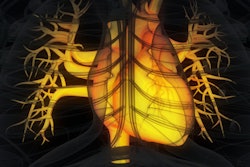Thursday, November 29 | 11:20 a.m.-11:30 a.m. | SSQ14-06 | Room S505AB
In this presentation, German researchers will look back at the clinical evolution of PET/MRI and how image acquisition times, protocol complexity, and tracer dosage have changed.Since the introduction of PET/MRI systems in 2011, clinicians have become increasingly adept at using the hybrid modality for a number of clinical applications. Dr. Regine Perl from University Hospital Tübingen and colleagues thought now was an opportune time to see how their institution is faring in terms of PET/MRI.
The researchers reviewed approximately 1,800 PET/MRI exams (Biograph mMR, Siemens Healthineers) consisting of adult, pediatric, and brain studies. They looked at total examination time, PET acquisition time, number of PET bed positions and generated images, injected tracer dose, and administration of MRI contrast.
The researchers found a significant 12% decrease in average examination time over the five years studied (2013-2017). While the average exam time for pediatric patients was longer than for adult patients, PET/MRI scan time for children was significantly shortened by 13%. In addition, as clinicians became more experienced with PET/MRI, the number of acquired images increased significantly by 37% to approximately 3,700 acquired images per exam.
With the data, Perl and colleagues plan to further optimize examination protocols for PET/MRI scan times and simultaneously enhance patient comfort and compliance, which is particularly important with pediatric patients.




















